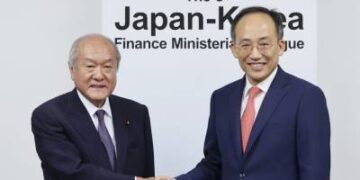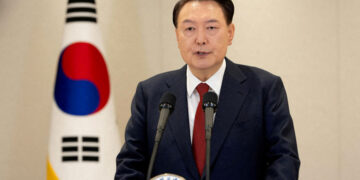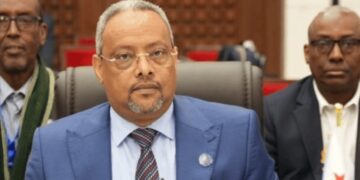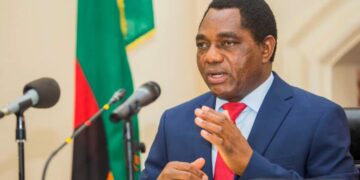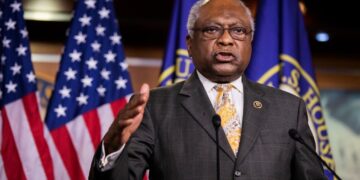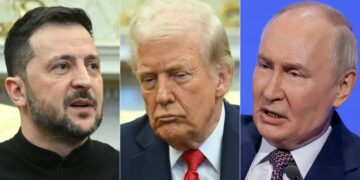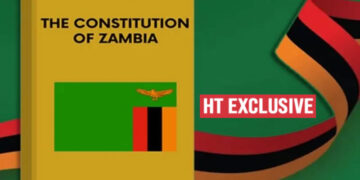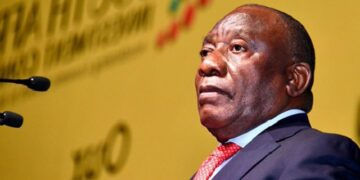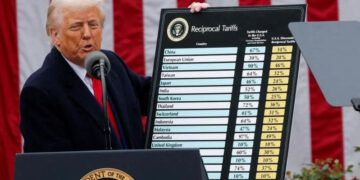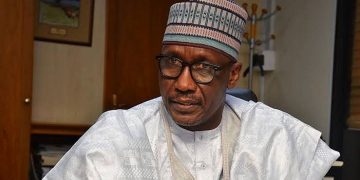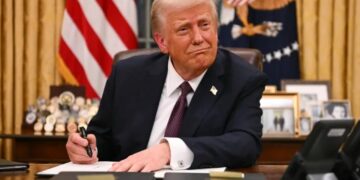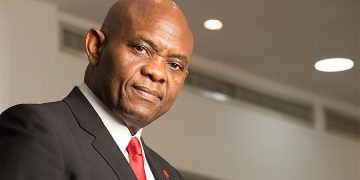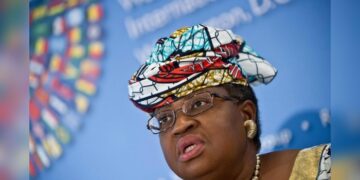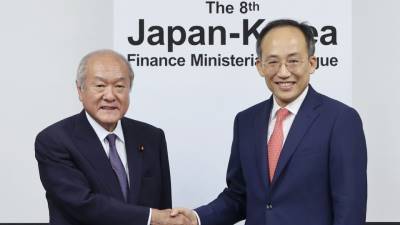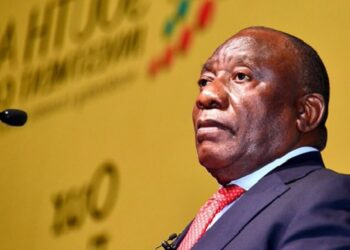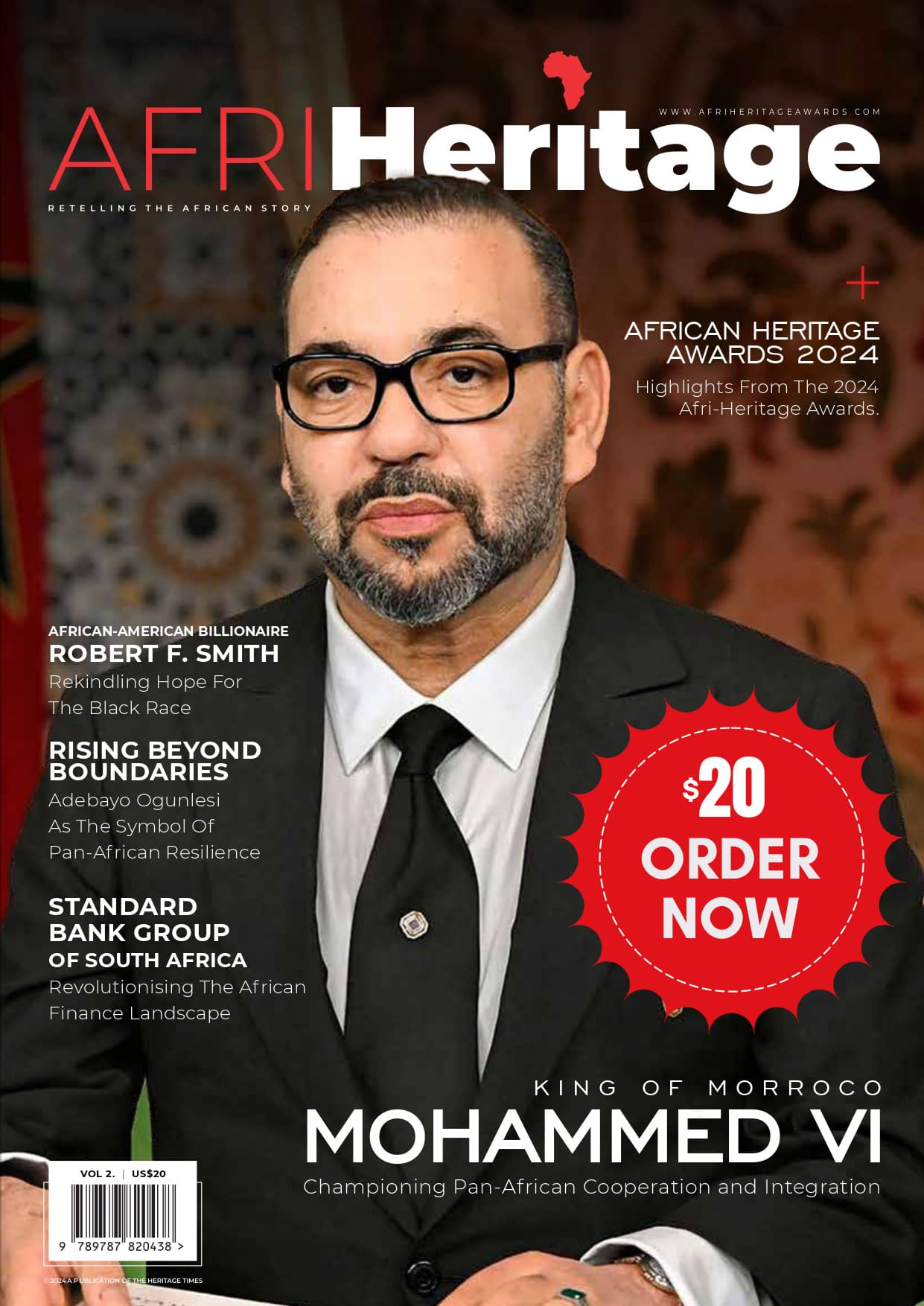By Oyintari Ben
In an effort to reinforce a regional financial safety net in the face of rising geopolitical dangers, Japan and South Korea decided on Thursday to resurrect a $10 billion currency swap agreement.
The swap agreement was first made in 2001 to aid the two nations in overcoming a financial crisis, but it was never put to use and was allowed to lapse in 2015 amid tense diplomatic relations.
As the global and regional economies confront significant uncertainty and risks, there is an increased need to improve bilateral ties, Masato Kanda, Japan’s vice finance minister for foreign affairs, told reporters.
He noted that the agreement on the currency swap was a component of the two nations’ goal to foster cooperation.
The transaction had a peak value of $70 billion in 2011.
The restored agreement was reached at a meeting in Tokyo between South Korean Finance Minister Choo Kyung-ho and Japanese Finance Minister Shunichi Suzuki, marking the first communication between the two finance ministers in seven years.
According to a media pool report, Choo told reporters after the meeting that the swap line is essential to strengthening financial cooperation networks, even though it is not intended for immediate usage.
“The swap line expands the sources for dollar liquidity,” Choo said.
The arrangement was afterwards described as a symbol of bettering relations and anticipated to have favourable repercussions on the financial and foreign exchange markets by South Korea’s presidential office.
The global economy, investments in infrastructure, debt issues in emerging nations, and broader financial cooperation were all topics of discussion among the ministers.
The next round of financial negotiations will take place in Seoul in 2024.
